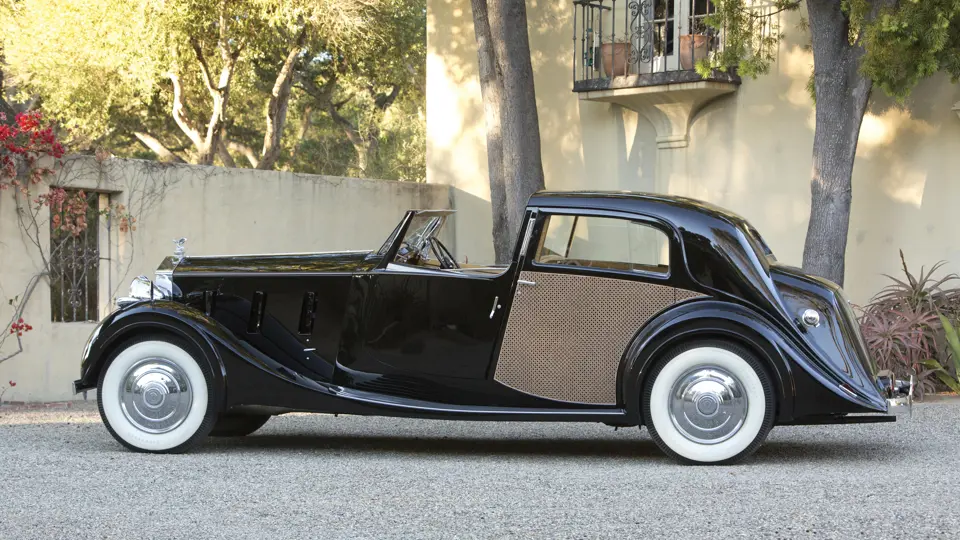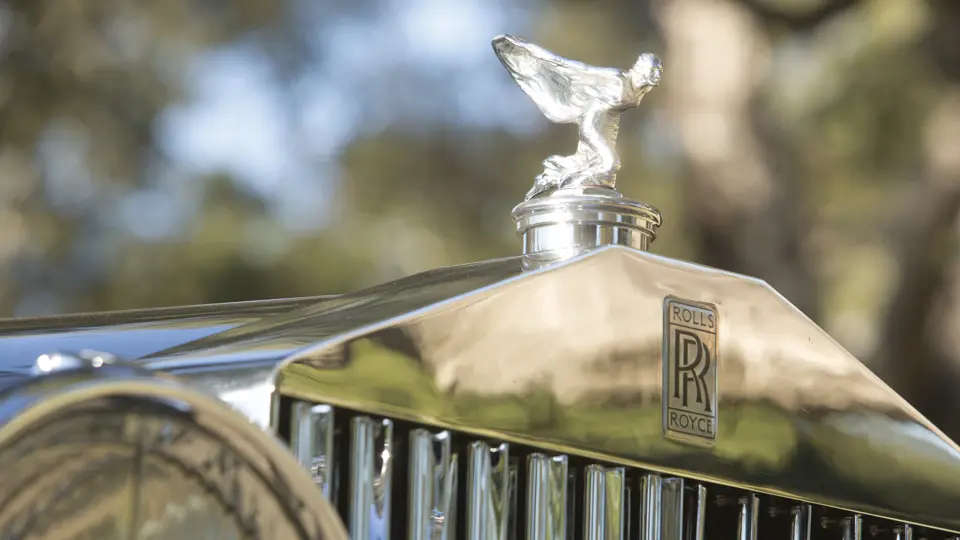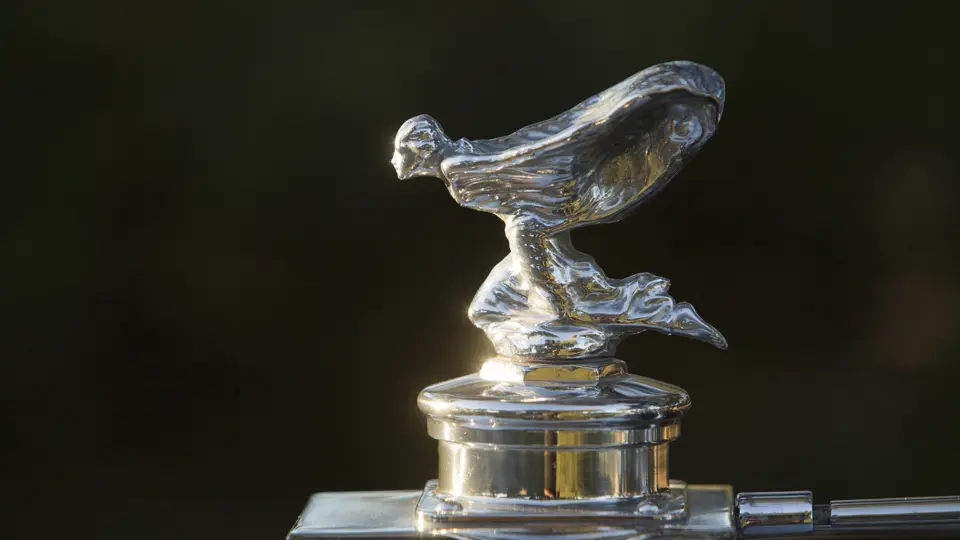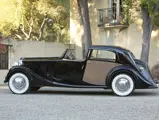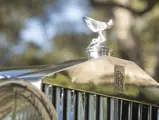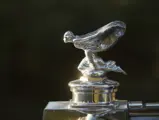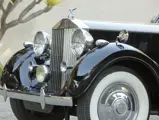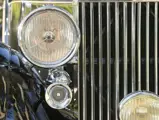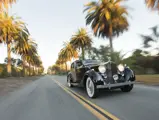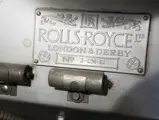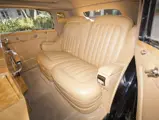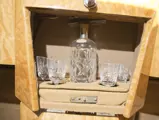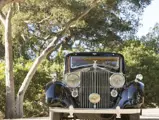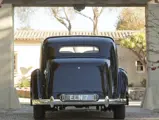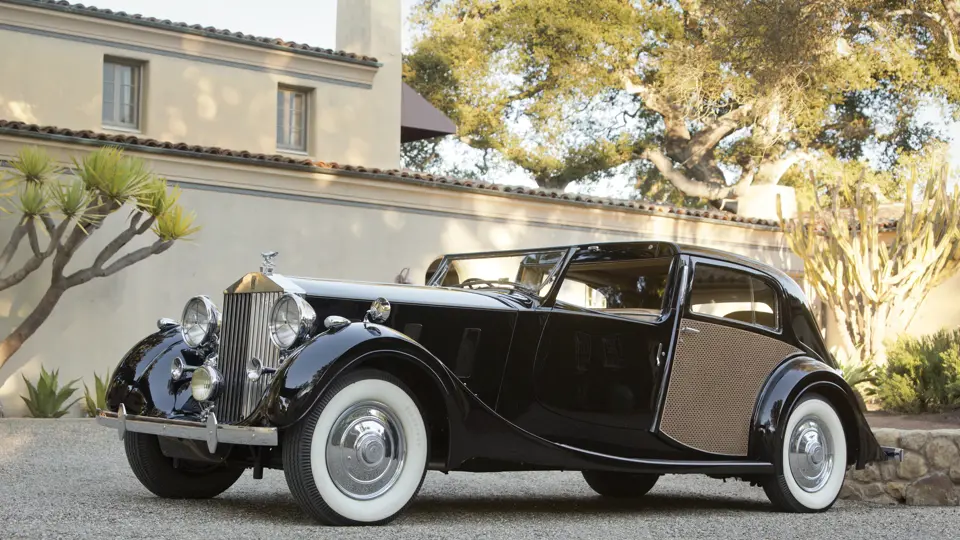
1937 Rolls-Royce Phantom III Sedanca de Ville by Park Ward
{{lr.item.text}}
$440,000 USD | Sold
{{bidding.lot.reserveStatusFormatted}}
- One of the most striking formal Rolls-Royces of its decade
- The twin to the 1937 London Motor Show car
- Formerly owned by Malcolm Pray
- Winner of multiple concours awards
165 bhp, 7,340 cc overhead-valve V-12 engine with dual ignition, four-speed manual transmission, coil-spring independent front suspension, live rear axle with semi-elliptic leaf-spring rear suspension, and four-wheel servo-operated disc brakes. Wheelbase: 140 in.
When Autocar published an extensive road test of Rolls-Royce’s new Phantom III in its October 2, 1936, issue, they boasted that the car offered “road travel in its most advanced and refined form.” As it was constructed on a massively overbuilt chassis, providing a strong platform for large bodies, Rolls-Royce’s first V-12 model could be fitted with many innovative designs previously not known on “The Best Car in the World.”
The car shown here, chassis number 3CM61, was dressed by Park Ward, of London, in a duplicate of their design created for the 1937 London Motor Show at Earls Court. In a reverse of the usual situation, in which American coachbuilders took inspiration from European design, Park Ward looked to the New World. The Sedanca de Ville’s swept-back doors, “dipped” beltline, angled windscreen and division window, curved roofline, and decorative caning to the rear body recall the Brewster Town Cars built for C.M. Dick and actress Constance Bennett, with the latter now a centerpiece of the renowned Nethercutt Collection.
In many ways, this was Park Ward’s most forward-thinking body of its era, as it allowed for a “formal” automobile that was appropriate for the opera or arriving at Ascot, but it was also curvaceous and sexy. It is easy to imagine J.D. Clarke, the London real estate agent and surveyor who took delivery of this car, being inspired to occasionally slip behind the wheel. Nonetheless, he must also have enjoyed the rear passenger compartment, which is as elaborately trimmed as the car is designed. The interior features beautiful bleached maple woodwork, including folding tray tables and vanities, as well as an electric blind for the backlight, to ensure privacy.
Clarke resided at 7 Park Lane in London, and for many years, his Rolls was a frequent sight, travelling majestically through Hyde Park and wearing the British registration ELN7. He is known to have still owned the car as late as 1947. In the 1950s, it continued to remain a frequent guest of British society, appearing at prominent horse races and other events, which is a tribute to the longevity of its elegance.
The Rolls was sold out of England for the first time in 1978, to Patricia Jean Geerke in the U.S. Not many years later, it returned to the United Kingdom, where it received a complete restoration. After its restoration, the Sedanca de Ville crossed the Atlantic once more, to be featured at the Blackhawk Museum in California, and then it was acquired by the late Malcolm S. Pray Jr. Mr. Pray was renowned for his exquisite taste in motor cars, and he assembled a truly outstanding collection of carefully selected automobiles from all eras. This Phantom III was a notable favorite for concours, as its beautifully flamboyant design was always striking on any show field. Indeed, in Mr. Pray’s care, this car was named the Most Distinguished Rolls-Royce on display at the Greenwich Concours d’Elegance, as well as the Most Elegant Formal Sedan or Town Car at the Amelia Island Concours.
Since leaving Mr. Pray’s stable, the Phantom III has been freshened in an appropriate formal shade of black, which, combined with the rear canework, gives it a spectacular appearance. Today, it remains in outstanding condition and is a definitive example of one of Park Ward’s most unique and elegant designs to grace a Rolls-Royce chassis.
For original owner J.D. Clarke, this was the perfect automobile for the well-heeled buyer who sought excitement and prestige in equal measure, and that could not remain more true today.
Titled as 1938.


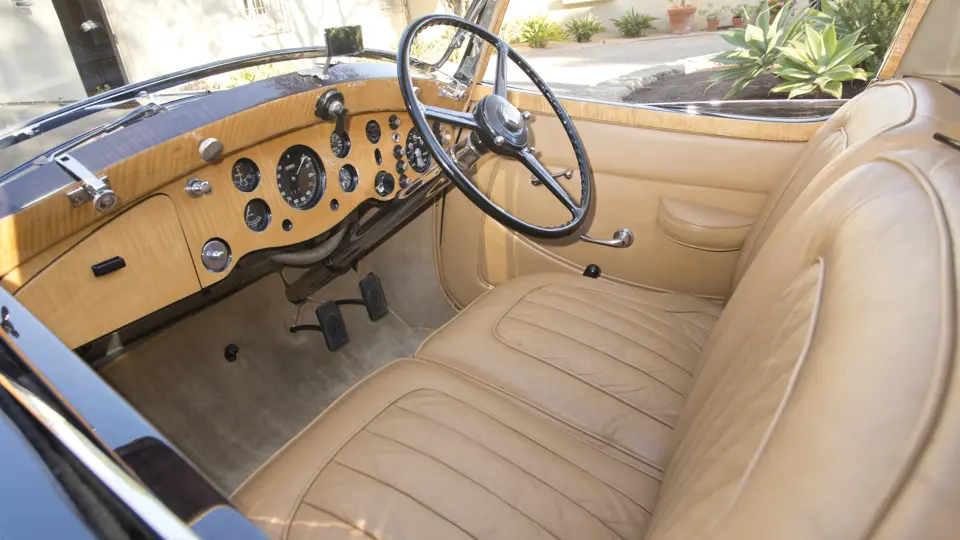

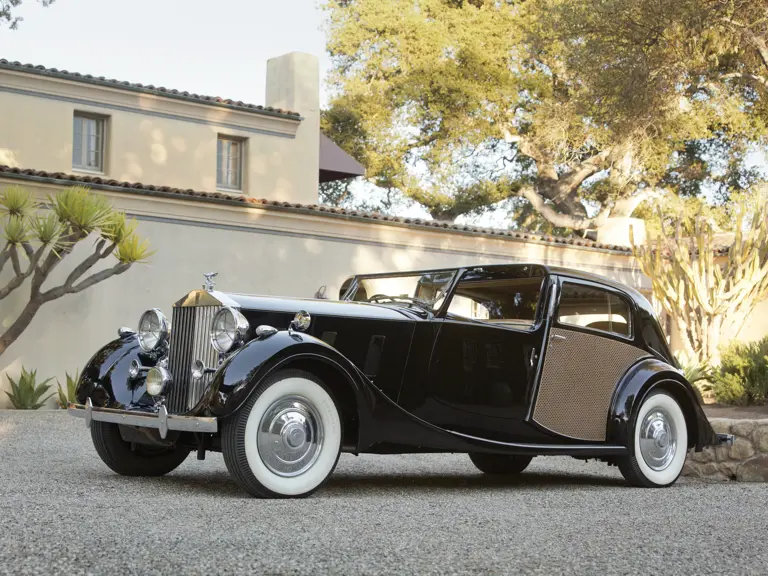
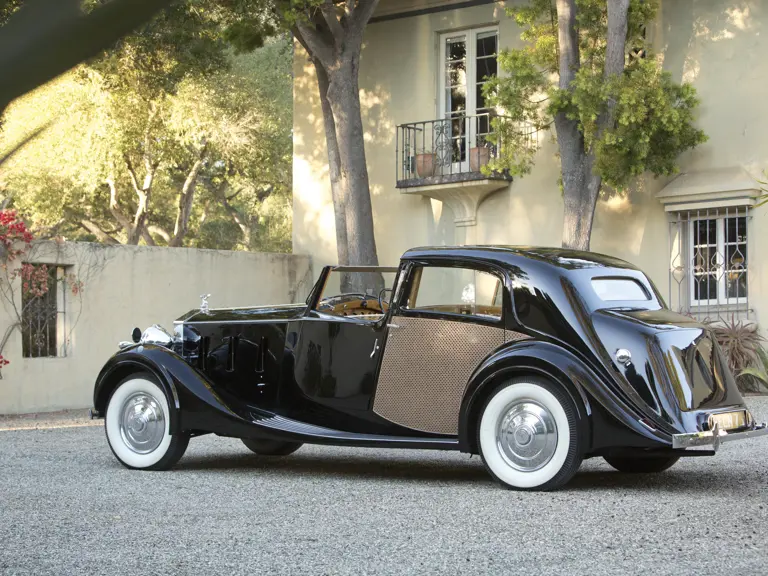
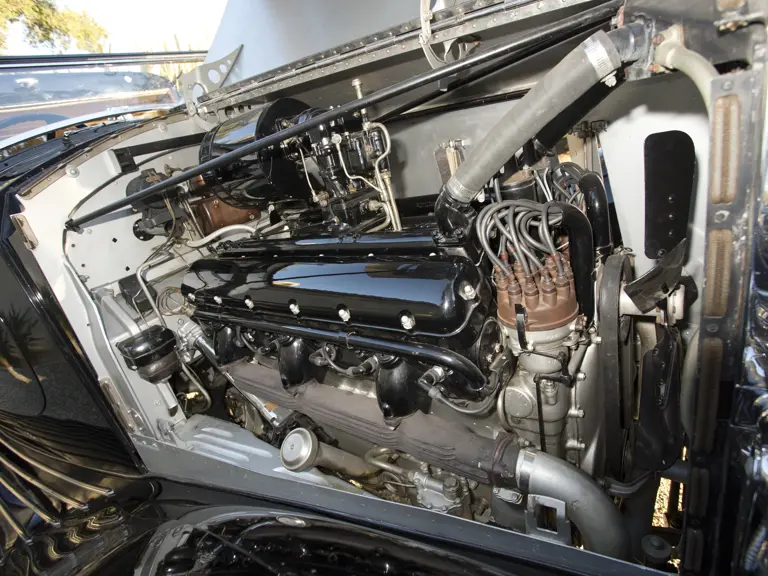
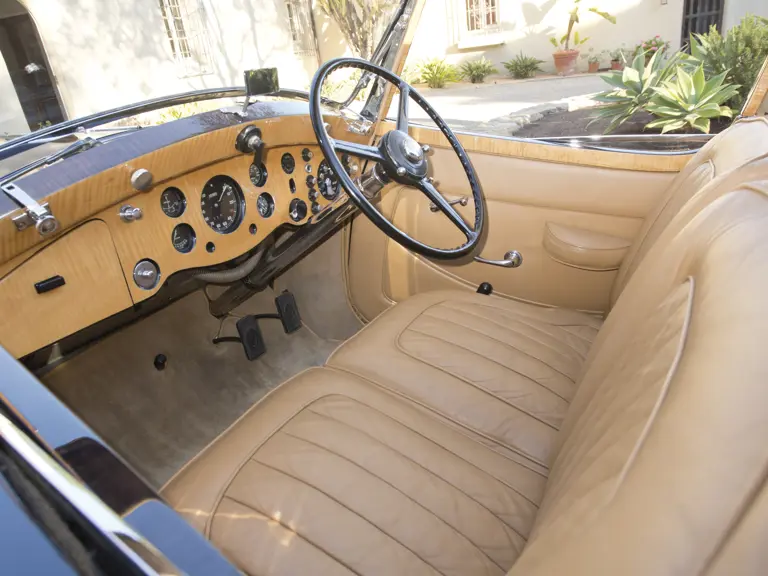
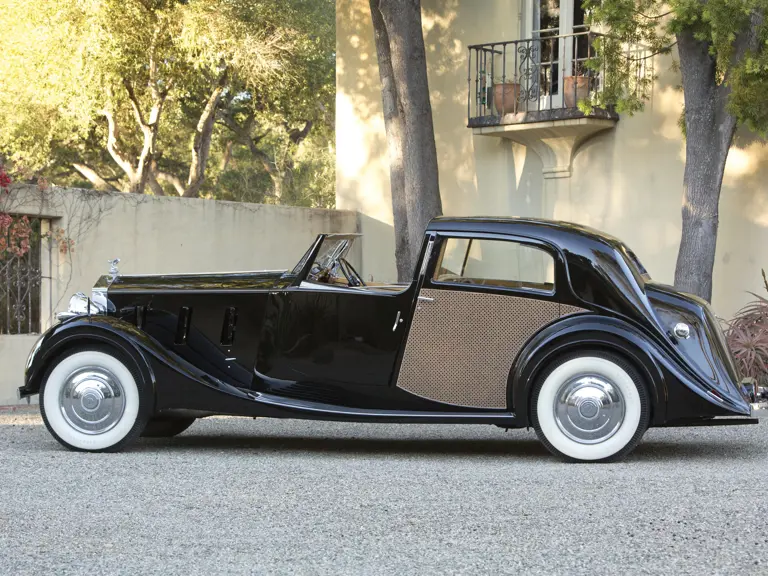
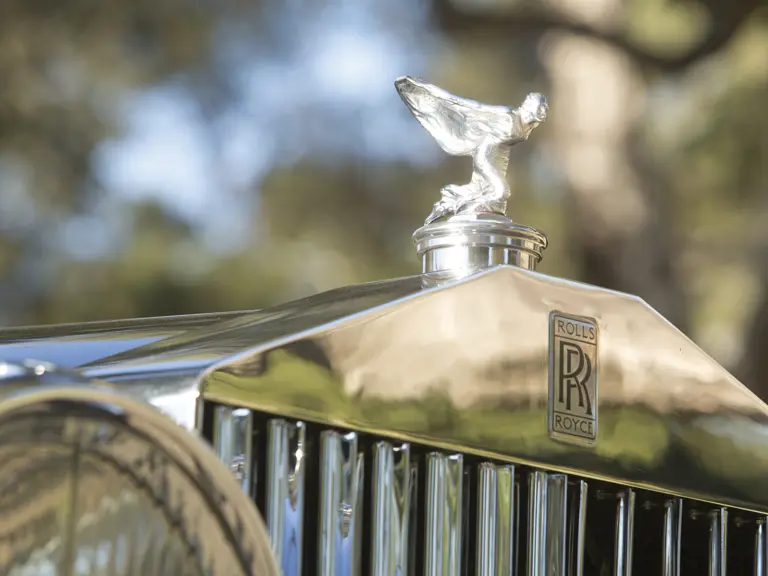
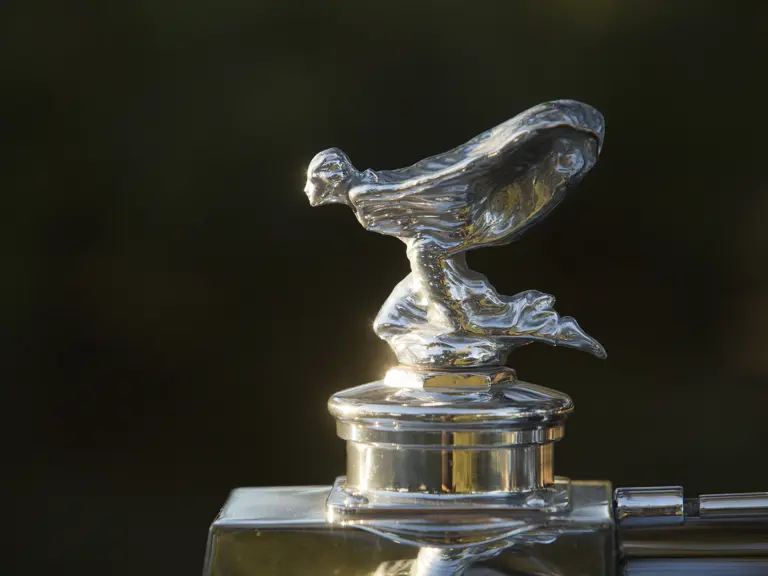
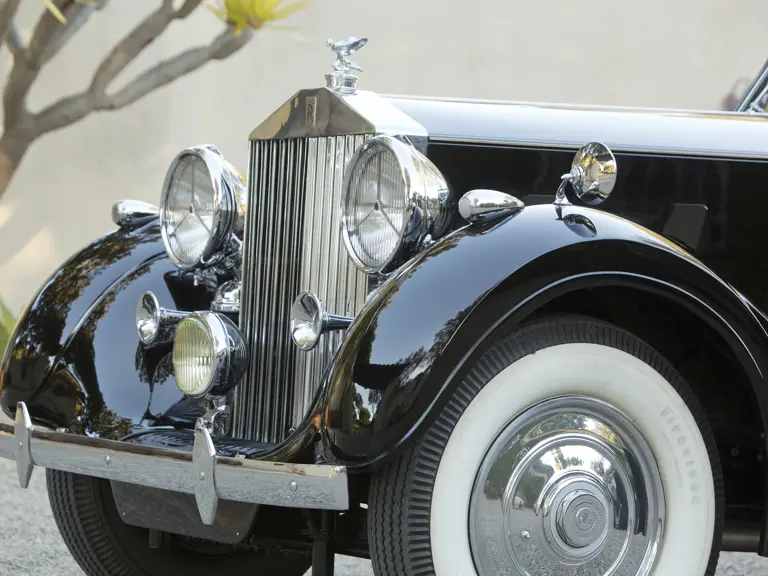

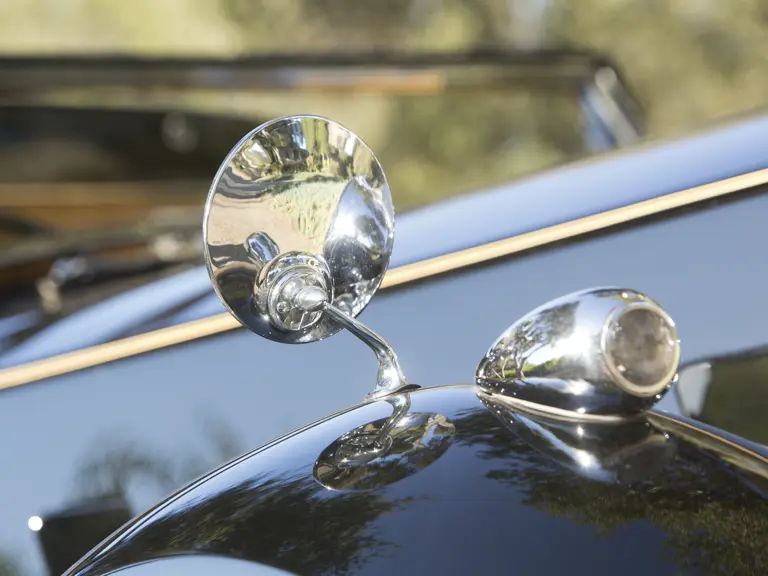
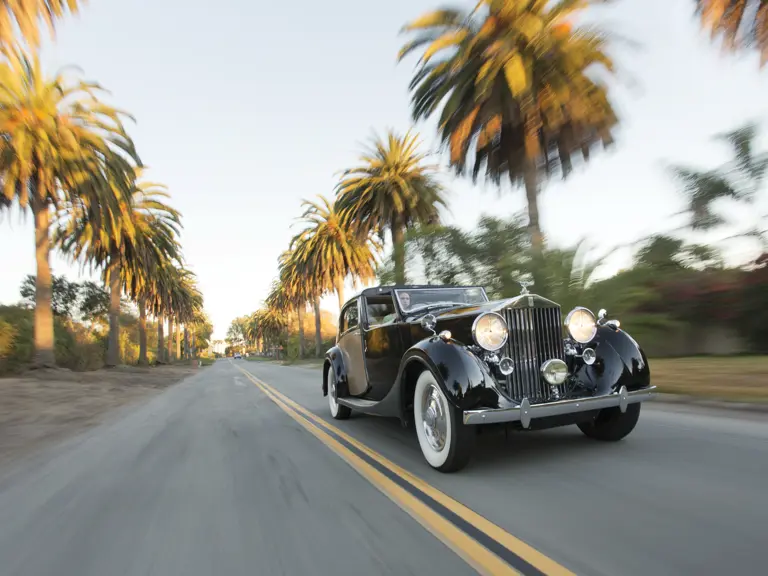
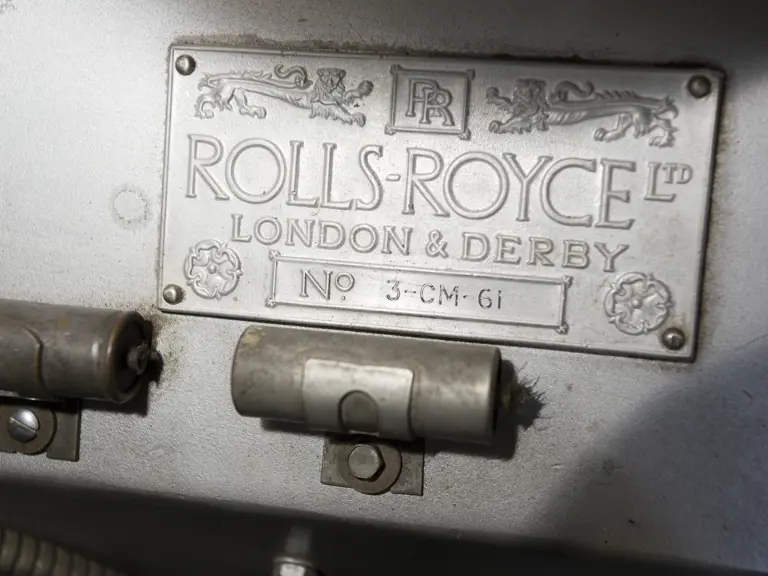
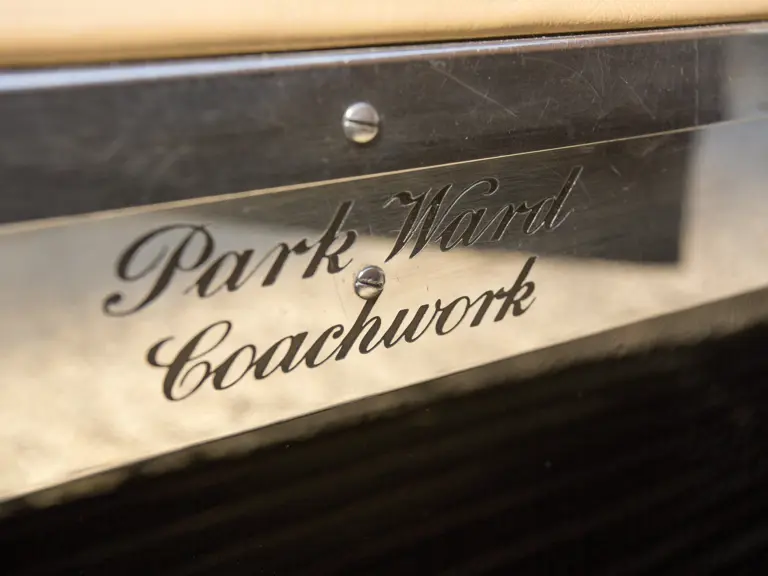
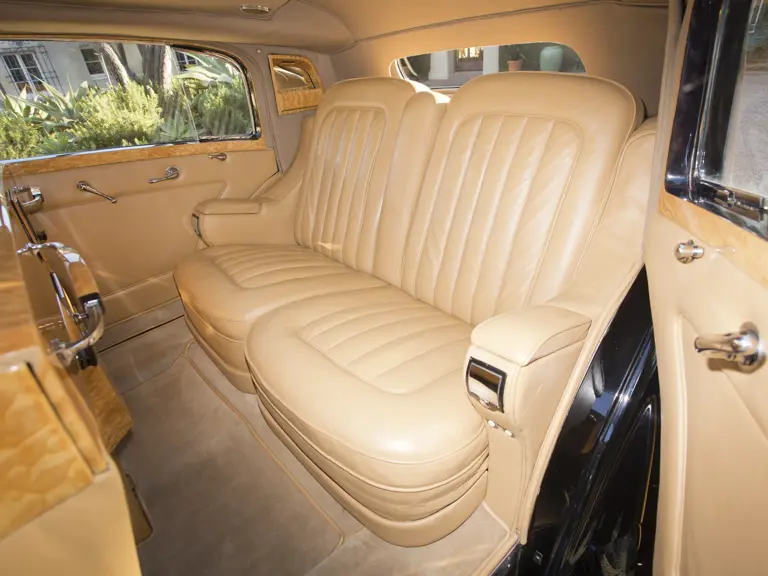

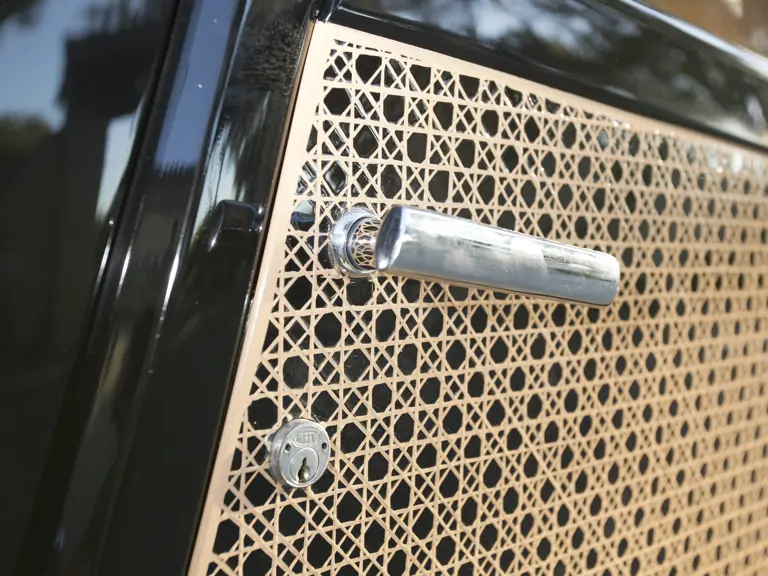
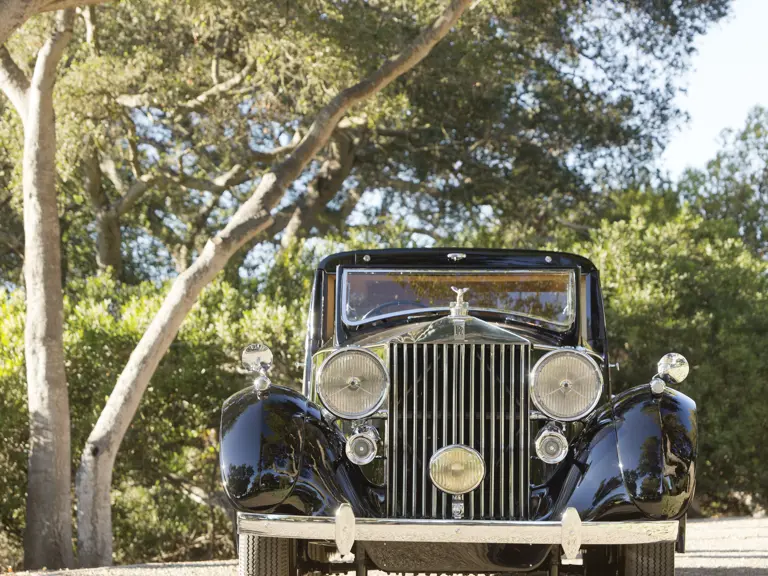

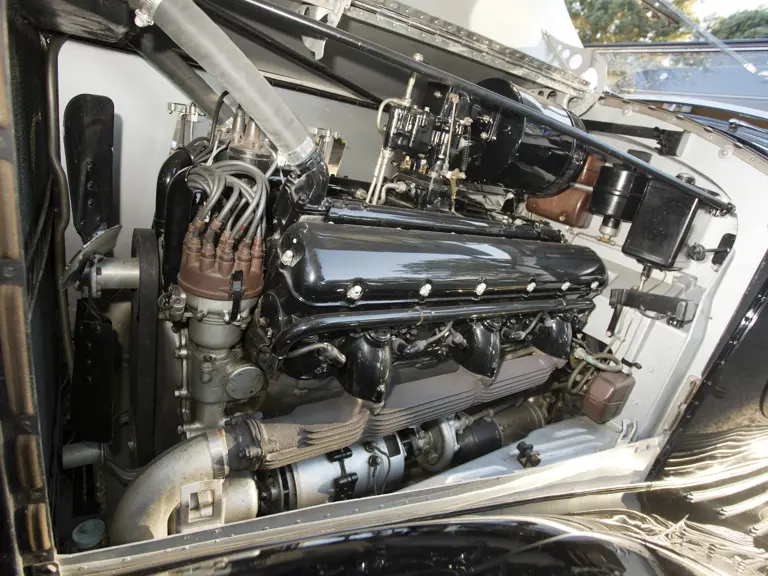
 | Phoenix, Arizona
| Phoenix, Arizona
